- Ask a related questionWhat is a related question?A related question is a question created from another question. When the related question is created, it will be automatically linked to the original question.
This thread has been locked.
If you have a related question, please click the "Ask a related question" button in the top right corner. The newly created question will be automatically linked to this question.
Tool/software:
Hello, I've been working on an EEG device using the ADS1299 AFE, loosely based on the OpenBCI Cyton design. The Cyton design has a custom bias drive network, one that I'm sure seems familiar to this forum now (Fig 1. for reference). I implemented this network 1-to-1, with similar components (as can be seen in Fig. 2). Additionally, I must note that I have been using a bipolar power supply with the ADS in single-ended mode. The N side of the PGAs is used as the analog input, and SRB2 is active as the reference electrode.
Some register settings:
CONFIG2: 11000000
CONFIG3: 11101100
CHset (all channels): 01101000
BIAS_SENSN: 00100001
BIAS_SENSP: 00000000
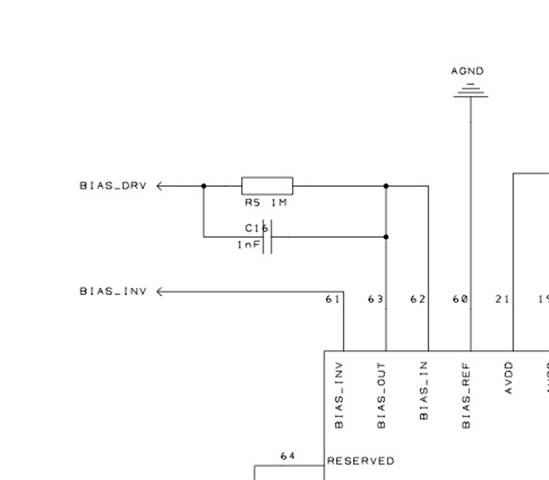
Fig. 1: Original Cyton bias drive schematic (excluding the 2.2k ohm resistor network and 1nF filter cap).
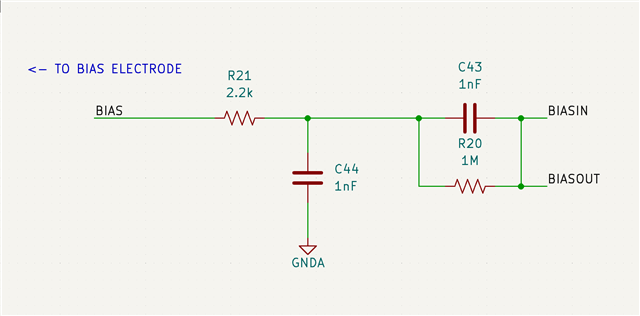
Fig. 2: Simplified custom schematic on my board
This design has worked, just unreliably. The bias drive has an unstable behavior where it will sometimes lock in and produce a stable inverted voltage to keep all of the electrodes relatively centered on the ADS's range. See Fig. 3 for some good EEG data readout.
However, if any of the electrodes that add to the bias generation (specified with the BIAS_SENSN register) lose contact with the patient, wild oscillations start up in the bias electrode and all other electrodes subsequently. If the electrode is reattached, the oscillations eventually die back down, but not always. These oscillations seem to have a RC-like timing characteristic, since they change frequency depending on what I can assume is the impedance of the electrodes that contribute to them. See Figures 4, 5, 6 for the unstable oscillations.
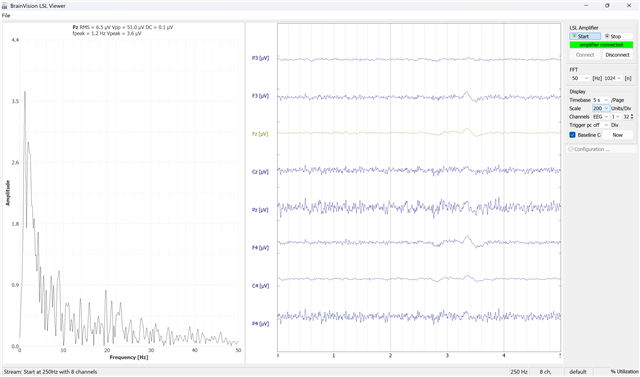
Fig. 3: Stable EEG data output with bias connected.
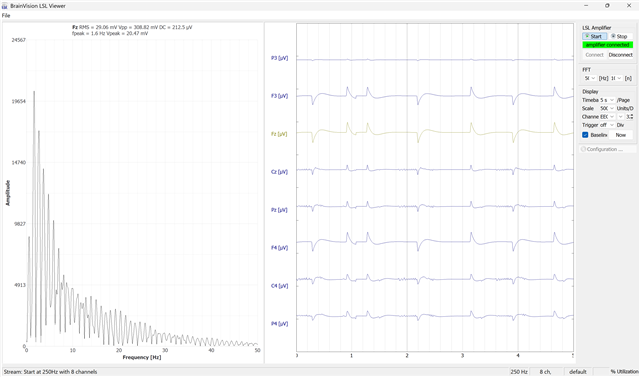
Fig. 4: Oscillating, low frequency behavior.
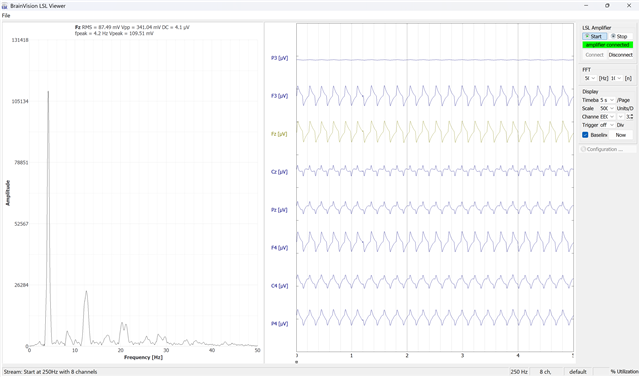
Fig. 5: Higher frequency oscillating behavior.
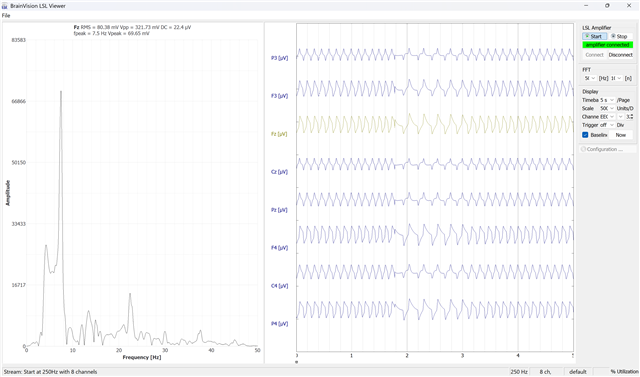
Fig. 6: Oscillating behavior when trying to adjust electrodes, showing variable frequency oscillations.
This behavior only occurs when the bias is connected. If I turn the bias amp off or just leave it disconnected, then there's no instability with the EEG readings: the only issue is that without the bias, the system cannot cancel out 60Hz line noise as effectively, and the system becomes much more sensitive to common mode noise.
My guess is that this behavior is a result of the bias drive network not being tuned properly. However, I'm posting here to see if any of you have seen this behavior before, and if so, what solutions worked to fix it.
I would really like to use this bias amplifier in my design as it is one of the things that makes the ADS1299 unique and greatly improves the data readout when it works. But I need to find a solution to keep it stable -- without that, the readings are useless.
TL;DR: The ADS1299 bias amplifier appears to have some unstable behavior that causes oscillations in the electrode readings. What can be done to remove these and make the bias amp stable again?
Thank you,
Reagan